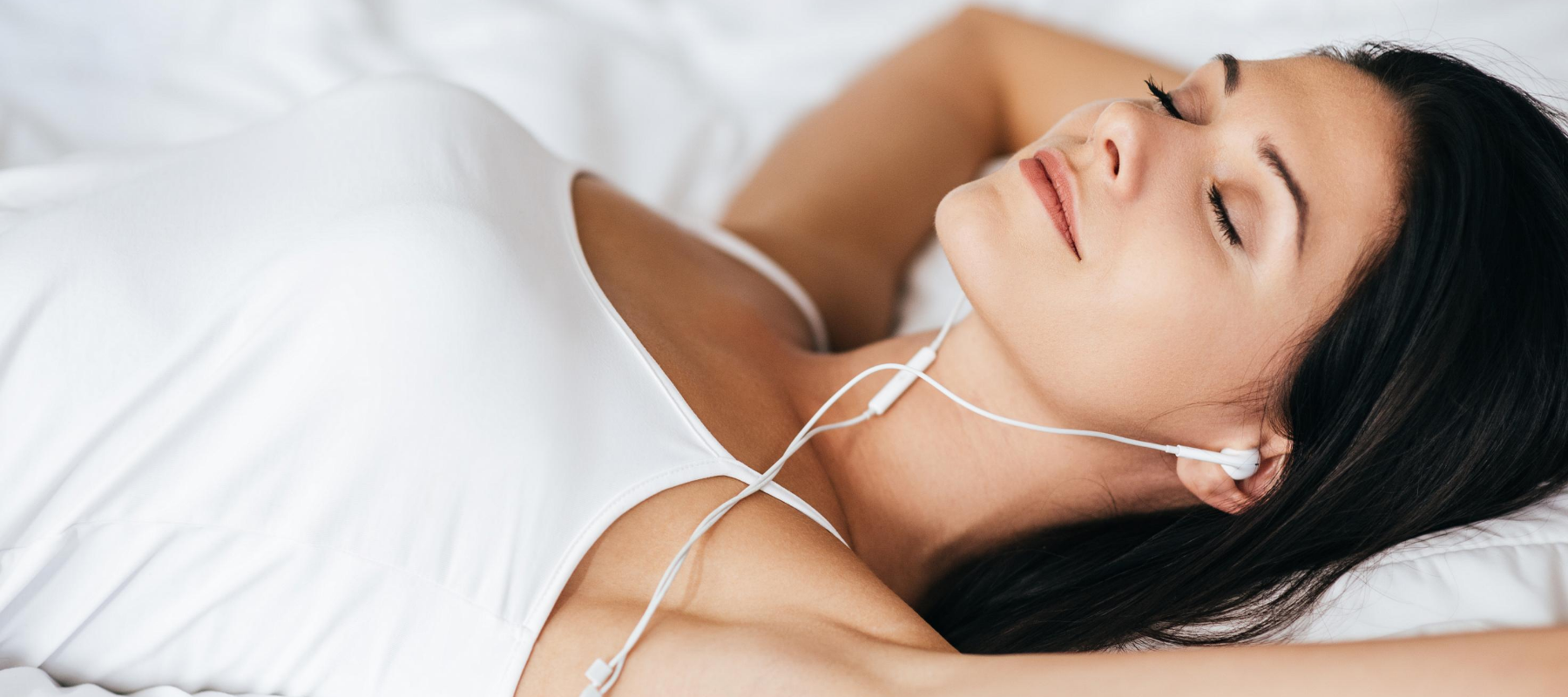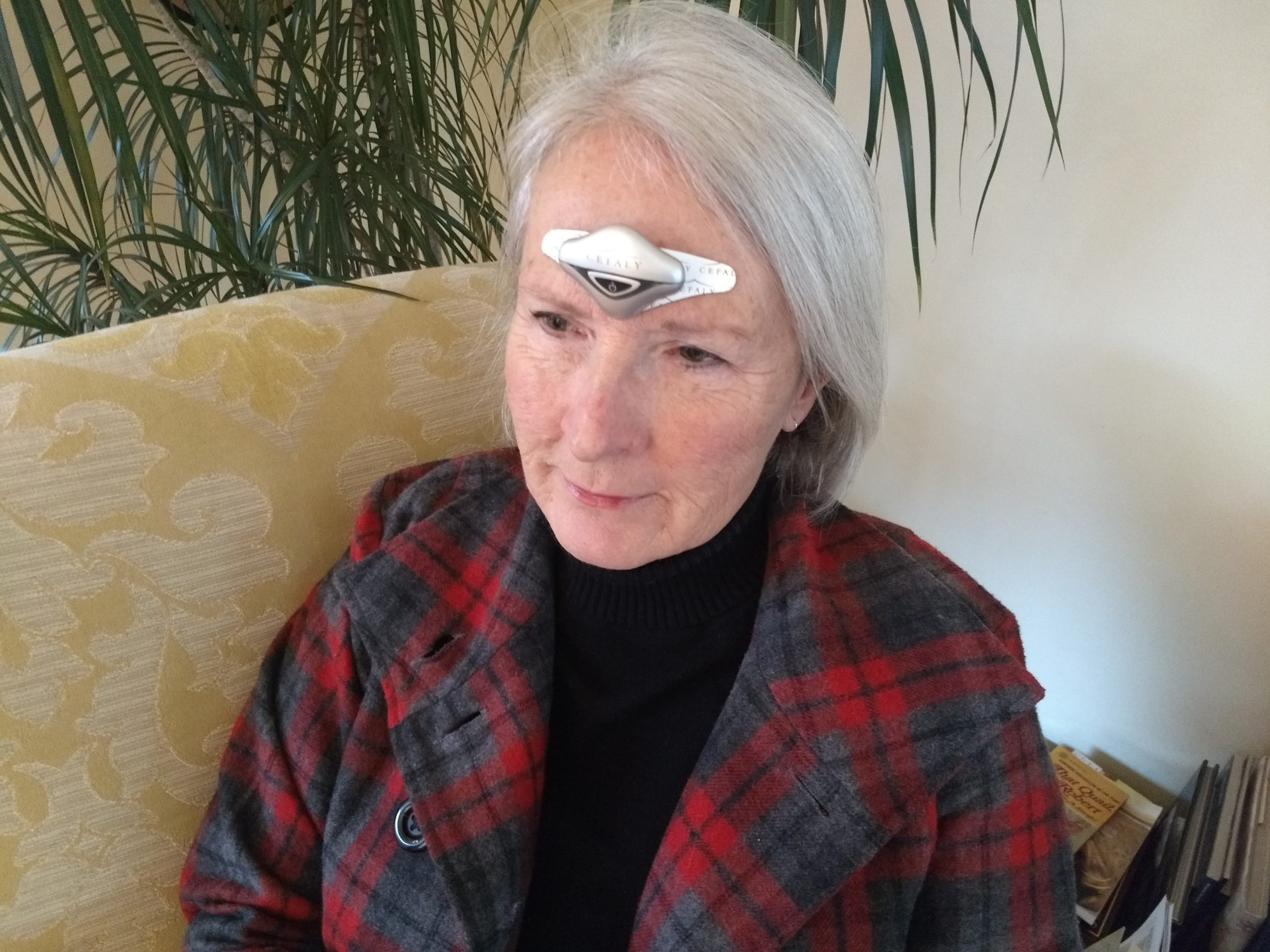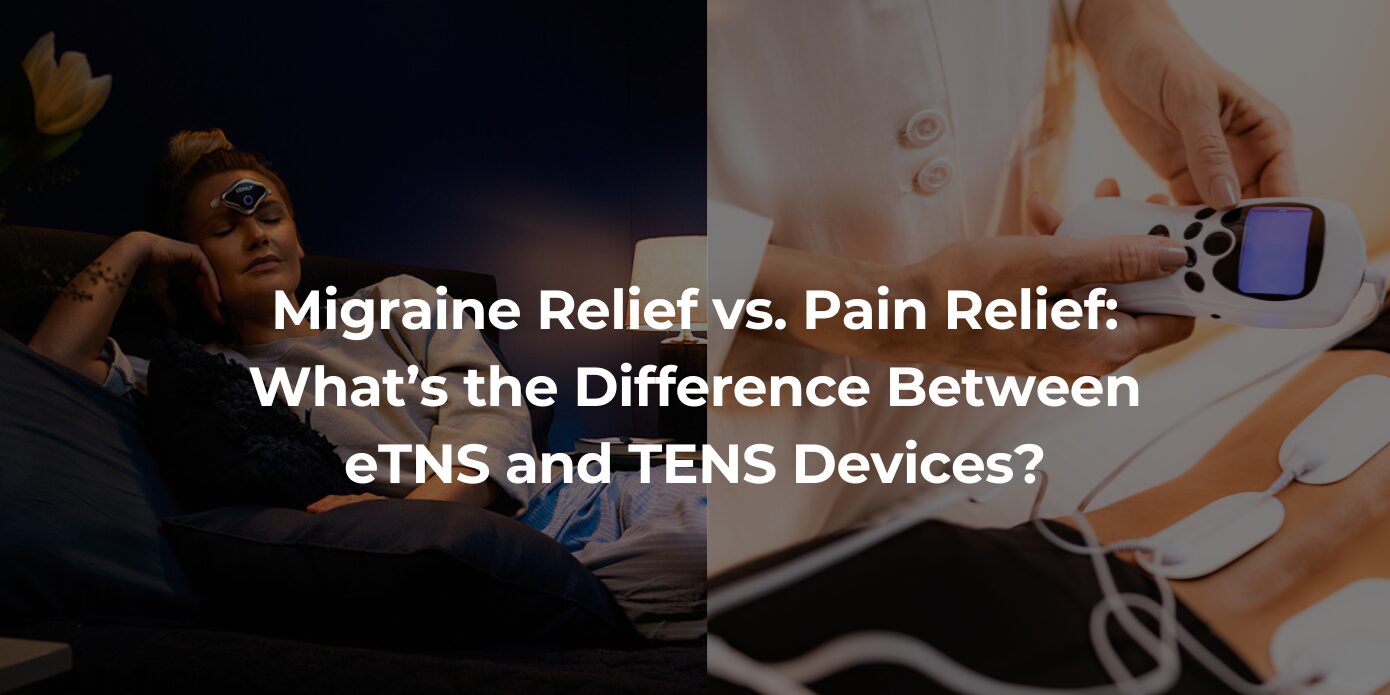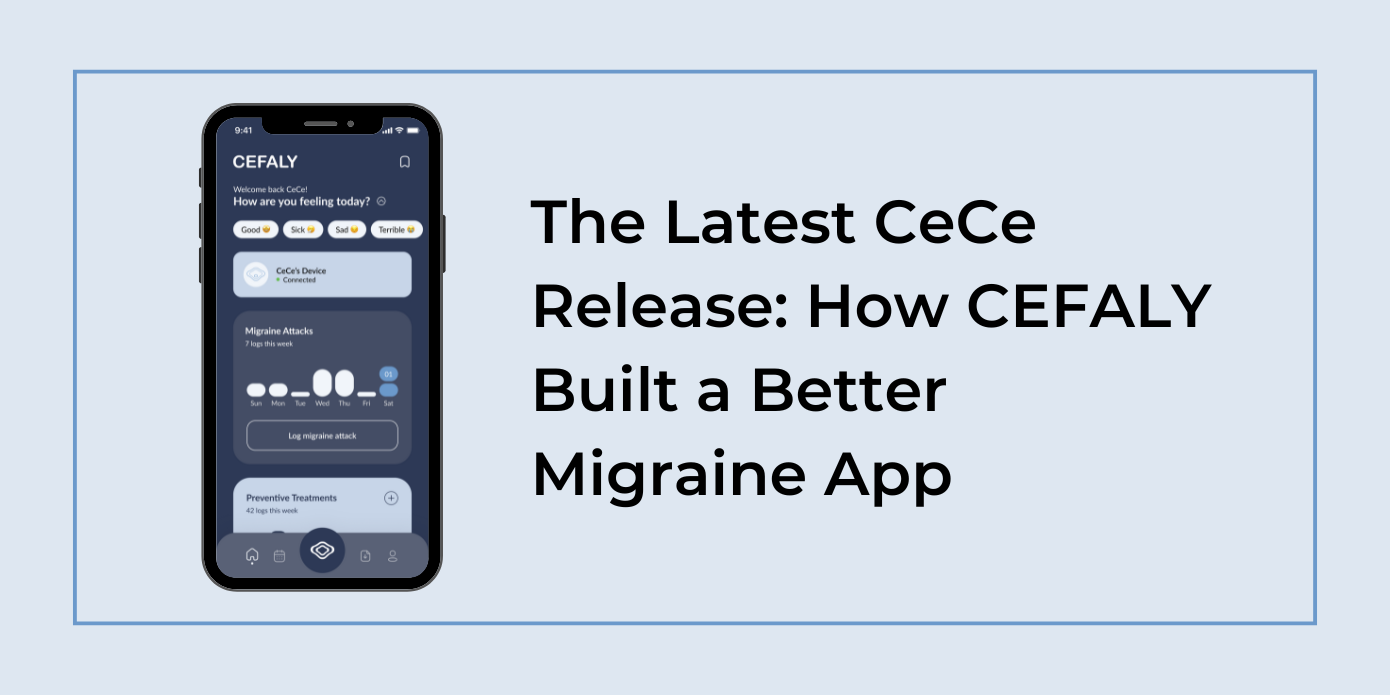“You just need to relax.” That’s a phrase people with migraine often hear from those who don’t understand the condition. Migraine is a complex disorder that can’t be resolved by taking a few deep breaths and kicking back on the sofa.
However, relaxation techniques and breathing exercises may help prevent migraine attacks, or ease the pain of an attack. Here are three science-backed, drug-free approaches to try — see how they work for you!
- Progressive Muscle Relaxtion
- Breathing Exercise for Headache
- CEFALY Dual
What is Progressive Muscle Relaxation?
Progressive muscle relaxation for migraines (PMR) directly addresses the muscle tension caused by stress, which in turn, relieves mental stress and anxiety. PMR is a simple exercise, consisting of tensing and relaxing muscle groups one at a time, but there’s a correct way to do it. According to the University of Michigan’s guidelines, you should: Lie down on your back and stretch out. As you breathe in, tense a muscle group for 4-10 seconds. As you breathe out, relax the muscles (suddenly, not gradually). Rest for 10-20 seconds and observe how those muscles feel.
Begin with the hands (clenching and unclenching) and work your way through your body in order: arms, shoulders, facial muscles, neck, chest and so on. To make it easier to remember the technique, try using a smartphone app to guide you. A recent study by the NYU School of Medicine found that migraine sufferers who used a PMR relaxation app at least twice a week experienced four fewer headache days per month, on average.
Breathing Exercises for Migraine
Breathing exercises for migraine can activate the parasympathetic nervous system, which controls your rest-and-relax response. Stress, pain and anxiety can cause you to breathe rapidly and shallowly, which activates the competing sympathetic nervous system that produces a fight-or-flight response. Learn more about how and why this works in this explanation by University of Washington Medicine.
One basic breathing technique is simply taking rhythmic breaths. Breathe in as you count to five, then out as you count to five. Even more effective is deep breathing: As you inhale, visualize filling your abdomen so that you feel pressure on a point just below your navel. Breathing exercise for migraine:
- Inhale for 4 seconds
- Hold your breath for 7 seconds
- Exhale for 8 seconds
A slightly more involved technique is 4-7-8 breathing, developed by Dr. Andrew Weil. He calls it a “natural tranquilizer for the nervous system.” In short, this breathing exercise consists of inhaling for 4 seconds, holding your breath for 7 seconds, and exhaling (with a whoosh) for 8 seconds. The details matter when you’re practicing 4-7-8 breathing, so read a full description of the technique first.
What is CEFALY Dual?
CEFALY DUAL’s PREVENT setting can be part of a migraine relaxation routine too. The low-frequency PREVENT setting, which is used for 20 minutes daily, desensitizes the Trigeminal nerve over time to reduce the frequency and severity of migraine attacks. While it can take some time for new CEFALY DUAL users to become accustomed to the sensation, experienced users find that the PREVENT setting feels like a gentle head massage.
Just be aware that the sedative effect[1] can last up to an hour. For this reason, we recommend using the PREVENT program in the evening, before bedtime.
Get some tips on making the PREVENT program part of your daily routine.
[1] Piquet M, Balestra C, Sava SL, Schoenen JE. Supraorbital transcutaneous neurostimulation has sedative effects in healthy subjects. BMC Neurol. 2011 Oct 28;11:135. doi: 10.1186/1471-2377-11-135.
